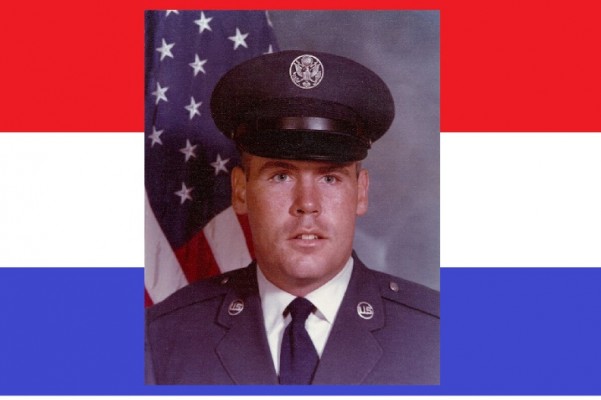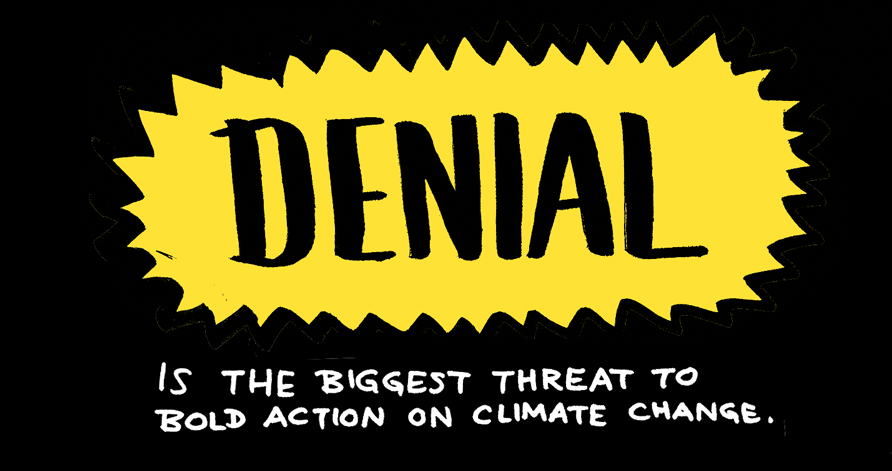On Aug. 18, a 29-year-old man named Daniel K. Harris was shot and killed by a North Carolina state trooper near Charlotte. Harris, who was unarmed, was also deaf.
The shooting, which is currently under investigation, is the kind of case that often sparks protests across the nation. Yet the public response has been relatively muted. Could it be that in the wake of the tragedies in Baton Rouge and Dallas this summer—ambushes in which a total of eight police officers were murdered—journalists and activists are beginning to look at policing differently? Despite a wealth of statistics showing that attacks on police have been steadily decreasing for decades, maybe police are right to be so scared all the time.
There are valid concerns about police safety. But the facts show that there is no national war on cops. That’s hard for me to say—mostly because I’m a cop.
A report commissioned in July by the National Law Enforcement Officers Memorial Fund found that firearms-related homicides of police officers are up as compared to the same period last year. According to the FBI, of the 41 police officers feloniously murdered in 2015, seven were killed in ambushes or unprovoked attacks. In the first half of 2016, with already 14 already tallied, ambush murders have also spiked as compared to last year.
And yet these numbers don’t tell the full story.
In fact, police officers are safer today then they have ever been. And while ambushes like the ones in Texas and in Louisiana contribute to a large percentage of total police deaths this year, they remain rare. Police officer deaths overall have been declining since the mid-1970s. When it comes to the most dangerous jobs in America, law enforcers barely ever crack the Top Ten.
The facts show that there is no national war on cops. That’s hard for me to say—mostly because I’m a cop.
Yet everywhere I turn, someone is telling me that I’m being targeted for my uniform, that an attack on my brothers and sisters in blue is an attack on the close to
half a million full-time sworn police officers in the US. After being inundated with the message that anyone, anywhere, and at any time might ambush me (and that these sorts of attacks are on the rise), is it any surprise that I or other police officers might be fearful on the job? Fear is an emotion. It’s primal and instinctual.
It doesn’t have to be logical or rational. And throughout their careers, police are exposed to all kinds of worse-case scenarios. American police training is a complex venture. In a time-compressed format, the police training takes Joe Citizen and turns him into Joe Cop. His trainers debrief incidents when officers are injured or killed. Joe watches countless dash-cam videos of police officers being murdered in front of their patrol cars. He learns to be skeptical of everyone. Joe participates in scenario drills in which old ladies and young kids ambush him. He is taught to expect the worst
possible outcome—and take precautions in order to prevent becoming another statistic himself.
He will also be trained to shoot to kill, instead of to wound or incapacitate. “Even if an officer shoots [someone] with a lethal firearm, it may not stop a person,” David Klinger, a professor of criminology and criminal justice at the University of Missouri-St. Louis,
told ABC News recently. “When there is a threat to life right now, or serious bodily injury, deadly force is the appropriate response.”
Police are taught to expect the
worst outcome—and take precautions
in order to prevent becoming another statistic.
The idea of a “war on cops” confirms this mindset. Emotional imagery and war stories are more compelling than statistics. Joe Cop becomes even more afraid. He is afraid of people who keep their hands in their pockets; he is wary of people who get too close or videotape him or want to shake hands. Everyone is a potential assailant. When one adds race and unconscious prejudices into the mix, the issues become even more complex.
Implicit bias affects both civilians and law enforcement professionals—although civilians are presumably not as emboldened to act upon it in potentially lethal ways.
As noted by New York University psychologist David Amodio in 2010: “Recent research in social neuroscience has revealed that prejudiced reactions are linked to rapidly activated structures in the brain—parts of the brain associated with fear and disgust, likely developed long ago in our evolutionary history.” The good news is that training
has been shown to help counteract these biases. The bad news is that not all officers will get it. Indeed, a
new study conducted by researchers at Harvard University suggests that black men and women are treated differently during police encounters, although the study did not find a significant bias when it came to shootings.
Cops doesn’t fear the statistical
improbability of being ambushed.
They fear the finality of the consequences.
All of this information is difficult to parse for the average layman. So it’s not surprising that police, too, would have difficulty navigating all the data and statistics measuring how safe or dangerous his career is. But does it matter? Joe doesn’t fear the statistical improbability of being ambushed. He fears the finality of the consequences: death.
As a police officer myself, I understand how hard it can be to see my job as a calculable risk management problem, where frequency and importance are weighed objectively. And to be fair, much of policing is subjective. There are few instances in which binary decisions can be applied.
Simply out, police training in America is in dire need of an overhaul. Too many departments still ignore emotional intelligence and behavioral analysis aspects of threat recognition. We need implicit bias training and community outreach. Our training spends too much time and effort on the “exceptions,” and not enough on the “rules.” Police training should emphasize slow-down strategies and tactics that allow for police officers’ critical thinking skills to complement, and, if necessary, override, emotions like fear or prejudice. Above all, we need to adopt evidence-based risk
management modeling that will appropriately train our officers to be aware, prepared, and ready, instead of using biased, anecdotal war-storytelling methods that–unintentionally or not–create an
us-or-them mentality.
Even in 2016, a police officer’s chances of being violently attacked or murdered are statistically very low. But in the battle between fact and fear, fear seems to be winning.









